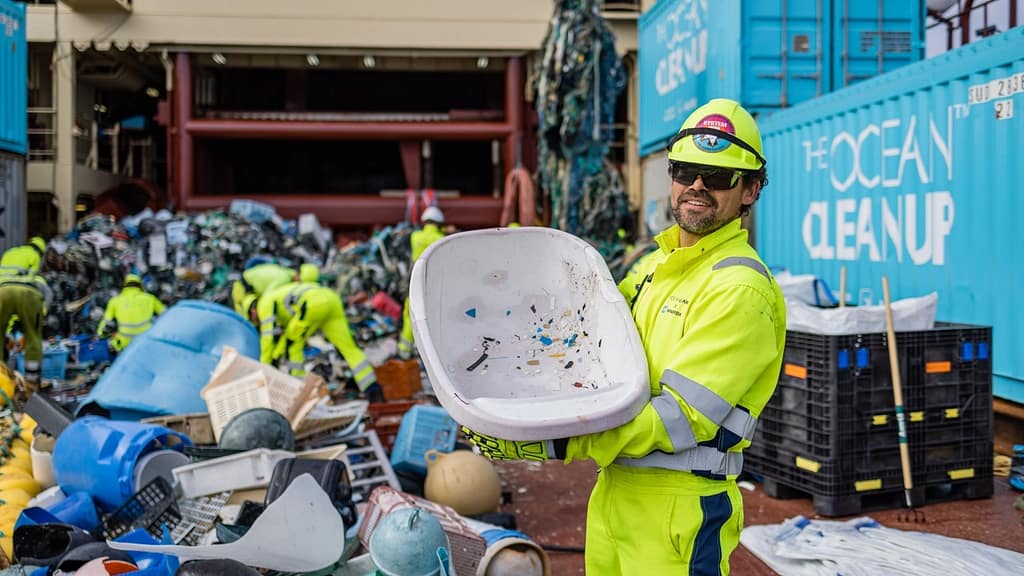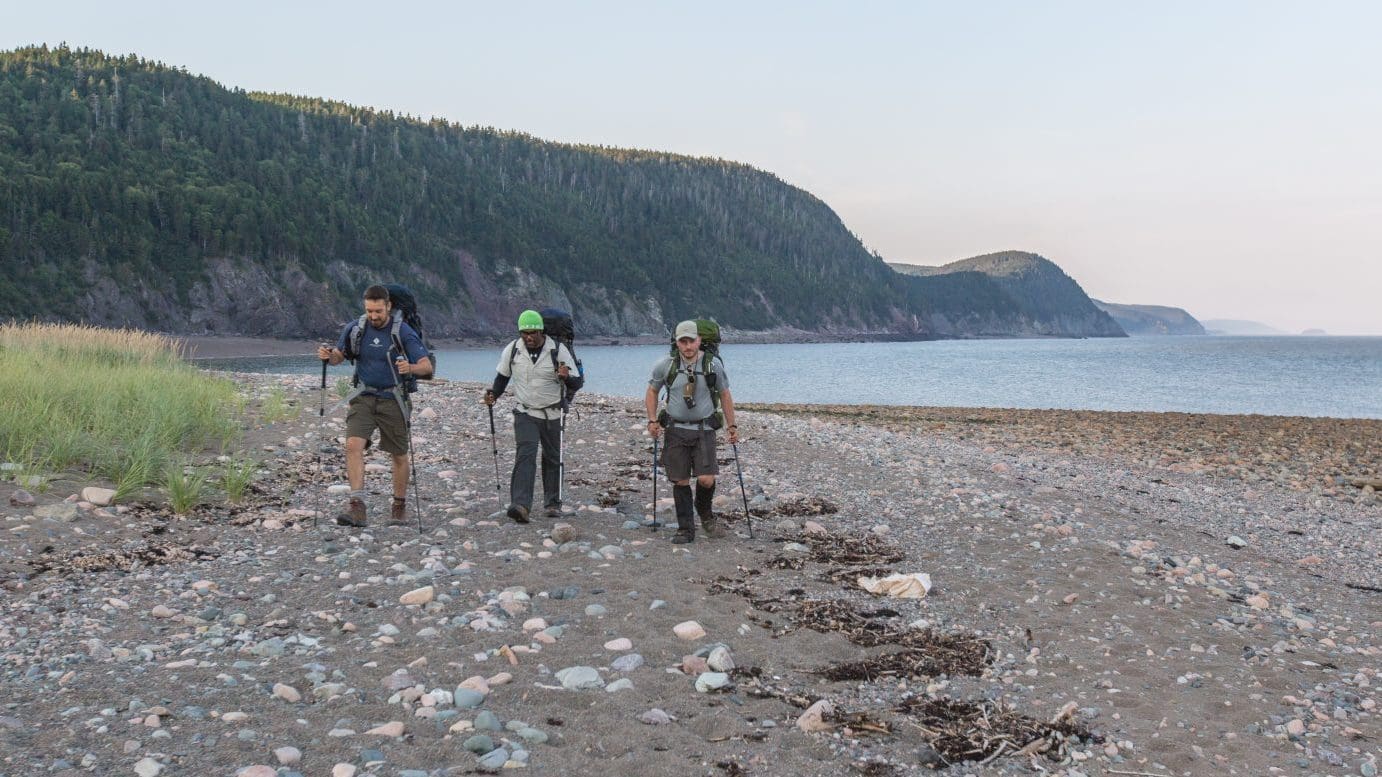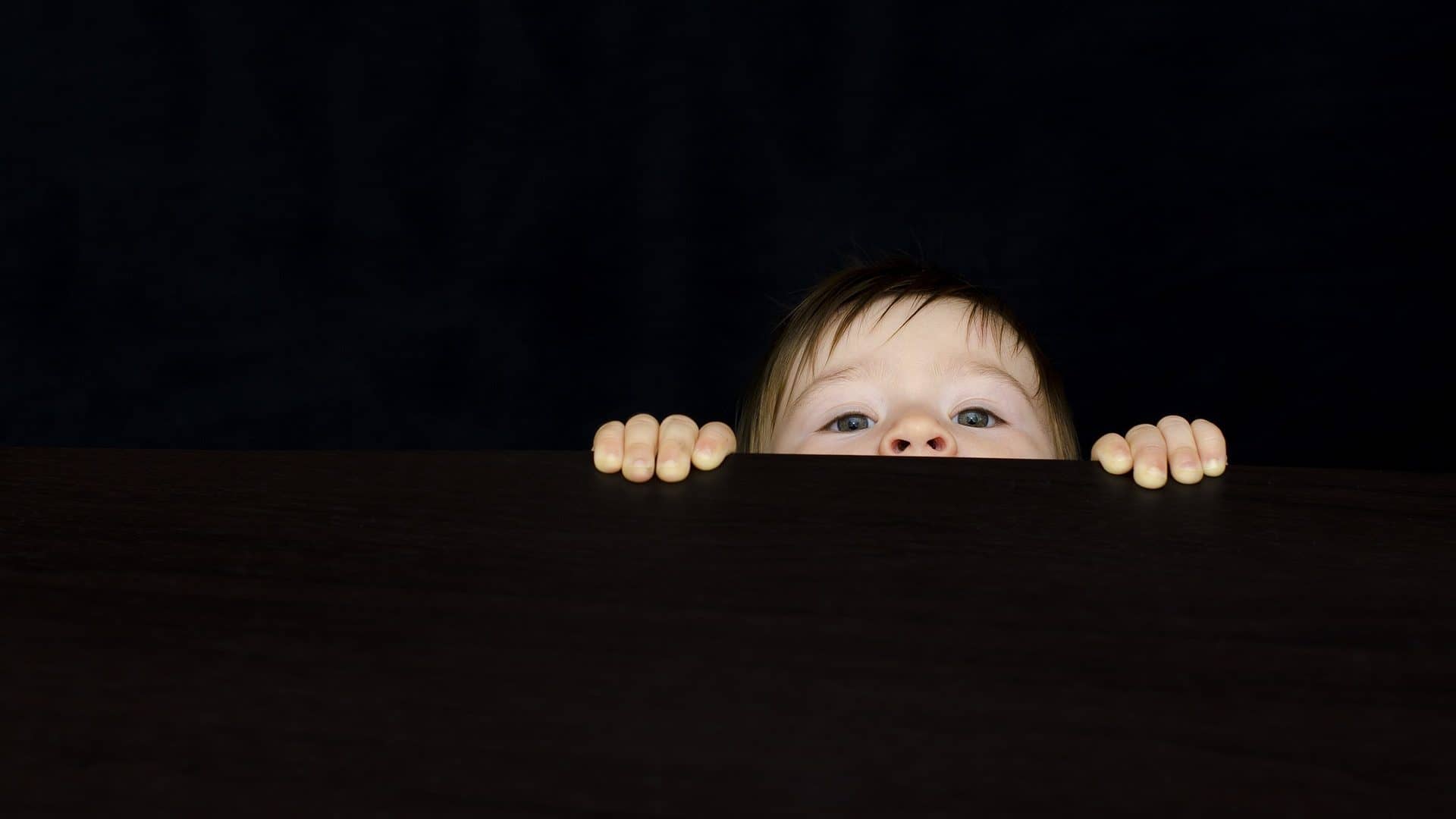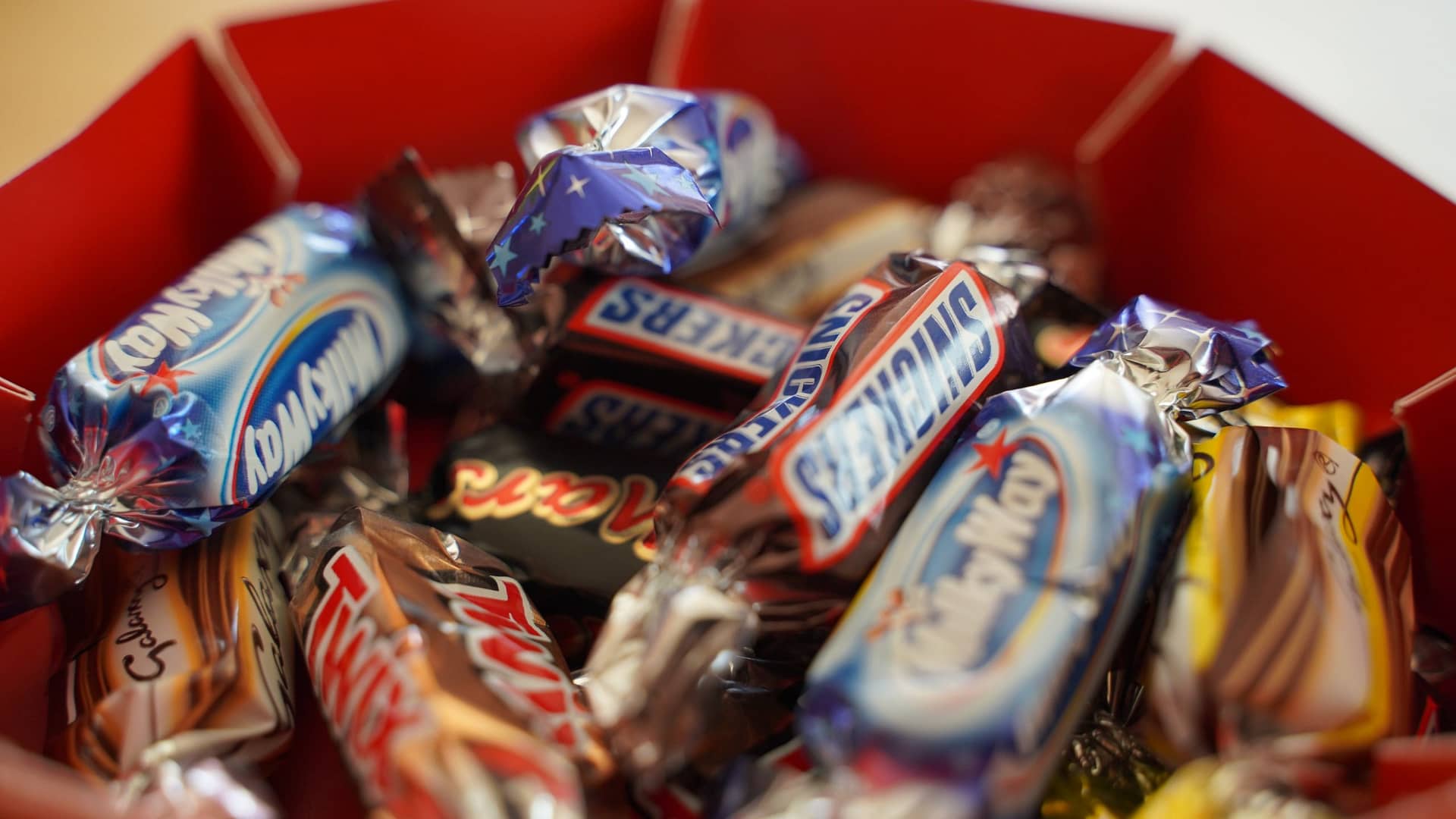Ahh, walking down a beach in the early morning, feeling the warm sand under our feet, smelling the salty ocean breeze, tiptoeing around the trash that has washed ashore. Wait… one of those things is not like the others! How did all of this plastic get here? More importantly, is there a way we can clean this up and keep this from happening again?
The answer is YES. Our ocean plastic problem is not a helpless cause, and now as a globe, we’ve made a great stride forward through the most recent accomplishments of The Ocean Cleanup Project! This nonprofit’s innovative work to clean our oceans, rivers, and all waterways is audacious, and the first scalable solution to our plastic waste problem (in the oceans, that is) that the world has ever seen.

A Breakthrough Way to Tackle the Problem
Let’s back it up a little, what is the Ocean Cleanup Project? You may already be familiar with their work, and the inspiring vision of their young founder Boyan Slat, whose 2012 TEDx Talk outlining an innovative technology that could clean Earth’s oceans using the power of its currents went viral.
The then-teenager’s idea for plastic collectors focused on targeting the planet’s five enormous plastic gyres–“large systems of circular ocean currents formed by global wind patterns and forces created by Earth’s rotation.” 1–and utilizing the ocean’s currents instead of ships and manpower to collect the plastic. The idea was revolutionary, and thanks to the talk’s virality, The Ocean Cleanup was able to crowdfund its first $90,000 USD in 2013, and in the following year raised $2.2 million with the support of 38,000 people from 160 countries.
This initial success and successive globally supported crowdfunding campaigns have led to many breakthroughs including the first high-resolution maps of the Great Pacific Garbage Patch–a swirling vortex of trash the size of france in the Pacific Ocean between California and Hawaii 2, developing systems to “turn off the tap” of plastics entering the ocean by cleaning up the world’s most polluting rivers with the development of Prototype 001 and deployment of Interceptor 2.0, and the first ocean cleanup system System 001 in 2018.
And now, just a few months ago in October of 2021, The Ocean Cleanup Project reached a revolutionary milestone with their newest System 002 model: proof of technology. With this massive achievement, the nonprofit is projected to clean 90% of the ocean’s plastic waste in the next 20 years. 3 Planning to put themselves out of business as soon as they can.
System 002: An Ocean Cleaning Revolution
Moving slowly and catching ocean plastic along the way, System 002’s latest haul brought in more than 9,014kg (19,872lbs) of plastic waste, which without their efforts, would likely have still been floating out there 1, 5, 10, or even 100 years from now. Boyan said in October’s announcement that if they catch that amount of plastic 3,000 times, the Great Pacific Garbage Patch will be gone. And with the deployment of the bigger, upcoming System 003s in the coming years, reaching that 3,000 trip marker is a doable target.
So, without further ado, check out this video from CNET for a fascinating deep dive into how this system works and why it is so critically important.
A huge thank you to Boyan, The Ocean Cleanup, and all the volunteers and workers who made this project possible. And thank you to CNET for bringing us this fantastic video. Awareness is the first step to solving a problem, so we thank them for their amazing work! You can find more information about The Ocean Cleanup on their website, YouTube Channel, Facebook, Instagram, Twitter, and almost any other platform you can think of. Their FAQ also has the answer to almost any other question you can think of about their project and efforts, so we highly recommend checking it out to learn more.
The Ocean Cleanup is entirely supported by philanthropic, commercial, and governmental donations/sponsorships. Click here to donate.
Treating the symptom is fantastic! But let’s eliminate the problem, too.
What would you do if your ceiling suddenly sprung a leak? You’d grab a bucket to catch the drips, sure. Get a mop and start soaking up the water that’s made it onto the floor, certainly. Move your belongings so they stop getting soaked with dirty ceiling water, definitely.
But you’d also get your partner, landlord, friend, or head up yourself to fix the leak. The bucket catches the drips, sure, but it doesn’t stop the ceiling from continuing to rain – nope, that’s still broken and needs repair.
Think of the trash entering the ocean like the leak in the ceiling. Mopping the floor is absolutely necessary, but so is stopping the leak! But in this case, the ocean doesn’t just have a leak, it has a firehose that has been blasting for years and years, and instead of water all over the floor, there’s a trash patch two times the size of Texas (and then some!) killing animals 5, making its way into our food 6, and killing ecosystems we rely on. 7
“We absolutely need to clean up the plastic that’s already in the ocean. It won’t go away by itself. But we do also need to make sure that no more plastic enters the oceans in the first place. These things should go hand in hand.”
– Boyan Slat, Founder & CEO of The Ocean Cleanup
The work of The Ocean Cleanup Project is absolutely brilliant and necessary, and we should all be thanking our lucky stars they exist to clean up after us. But their work isn’t here to fix the original problem. We’re going to have to roll up our sleeves and get to work on that one, together.
No cleanup effort is more effective than stopping the original mess from being made.
Ok, ok… but how?
There are a few high-impact ways that we can play a role in ending the–literal–tide of plastic that is making its way into our oceans, but here are two to start with.
1. Write to government representatives and big corporations, or even better, join them and make change from the inside.
The biggest polluters in the world are governments and corporations. 8 Take the recent study which showed that 71% of greenhouse gas emissions can be traced back to only 100 companies, 9 or for a more direct example, how the Coca-Cola Company and PepsiCo were recently ranked as the world’s top plastic polluters for the fourth year in a row. 10 Big organizations have a big impact, but it’s important to note here that this big impact is simply in response to consumer demand, which each of us plays a role in. “It’s the consumers that actually burn and demand the fossil fuels [and plastic] that these companies provide.” 11 This doesn’t absolve the company of responsibility, but it’s a crucial acknowledgment that we as individuals can’t just throw the towel in on making changes happen, either. We’re a part of the cycle, whether we want to be or not.
This huge impact that companies and government policies which regulate those companies have means that “In rich countries, cutting off the flow of plastic into the sea will require policy changes to encourage better waste management, a circular plastics industry, banning single-use plastics, and incentivizing reusable options. In poorer places, it requires all that and more widespread waste management.” 12
This doesn’t mean that our individual choices don’t make a difference. (They definitely do). But it does mean that the most effective way to make large-scale change is to change the organizations that have large-scale impact.
2. Make personal choices that make a difference
It’s easy to forget that when we put our trash out on trash day, it just goes to a different location. It’s all too easy to think “out of sight, out of mind” but that just isn’t how it works. Take a moment to think about the last thing you threw in the trash. Maybe it was a broken lamp, a candy wrapper, or a sock that had a hole. Those things may go away from you, but they don’t just go away. They go to a landfill (or as we’ve seen today, the ocean), where they sit (or float) for years and years. Now, I don’t say this to make you feel bad about it—I’m certainly guilty of it too. I say it to make sure that we start to think more carefully about what we throw away and how we do it.
First, start recycling the real way. Check labels on the containers you use to make sure you can actually recycle them. I’m guilty of this with those black takeout containers or pizza boxes… it’s plastic and cardboard, so it must be recyclable, right? Turns out, not so much. Or clean that salsa jar completely before throwing it in the blue bin so it can actually be reused. (Good intentions don’t magically make something recyclable!)
Second, think critically about your plastic use and the plastic packaging that comes with the products you’re buying. Ask yourself: Is there another option? Do you live near a store where you can bring your own refillable containers? Can you buy the bell pepper that isn’t wrapped in plastic instead of the one that is?
These things seem small when you feel alone in these small choices. But… you’re not alone. You’re surrounded by an immeasurable number of people who also care. And when you think about the dozens in your neighborhood, hundreds in your city, thousands in your state, millions in your country who are making these little decisions just like you, they don’t seem so small anymore, because they aren’t. They add up to something huge.
There are even great organizations adjacent to The Ocean Cleanup such as Team Seas, who are making it easier than ever for individuals like you and I to get involved. The Team Seas organization, run by YouTubers MrBeast and Mark Rober, have so far funded the removal of 32,376,272 pounds of plastic from the ocean, the majority of which has come from small donations under $100.
The Team Seas movement was sparked by success in a former project, Team Trees, which raised more than $20 million to plant 23,714,813 trees around the world and counting. You can read more about Team Trees in our article here!
How #TeamTrees Proves the Internet Can Do Good
20. Million. NEW. Trees. You read that right! When fans of YouTuber MrBeast sparked a lofty goal of planting 20 million trees in 2019, the mission spread like wildfire, exploding to include thousands of content creators and hundreds of thousands of people around the world. Check this story out for proof that when people come together for good, there’s no end to their impact.
Read Article Watch Video Listen to PodcastYou can also learn more about innovative ways to reduce plastic waste in these great projects, featured in our archive:
Fixing Pollution Through Fun! How a Googly-Eyed Innovation is Cleaning Baltimore Harbor
With googly eyes and a beloved twitter account, Mr. Trash Wheel has become an icon in Baltimore Harbor. His story is helping us rethink the important role fun has in tackling some of the biggest problems we face!
Read Article Watch Video Listen to PodcastFrom Fish to Fashion: When A Fishing Net Becomes A Hat!
What if we looked at the life cycle of every item we purchased and thought “Where did this come from? What will happen when I’m done with it?” This company has figured out how to solve a problem for a community of fishermen and save wildlife by giving some of the ocean’s most harmful pollution a new, more fashionable, life.
Read Article Watch Video Listen to PodcastTurning Plastic Bags into Speakers!
Some of the most important innovators of our time are finding ingenious ways to look at waste as a resource. Here’s a clever group that has found an artistic and functional way to use single-use plastic bags!
Read Article Watch Video Listen to PodcastIs the Solution to Too Much Plastic… Eating It?
What if you could eat your water bottle? That may not be too far off! This little at-home experiment will have you playing with the endless possibilities towards a plastic-free life in your own house!
Read Article Watch Video Listen to Podcast“This plastic doesn’t go away by itself, and to just let hundreds of thousands of tons of plastic be out there to be fragmented into these small and dangerous microplastics to me seems like an unacceptable scenario.”
– Boyan Slat, Founder & CEO of The Ocean Cleanup
By the time you read this article, even more plastic will have been removed from the ocean. But even so, let’s work together in what ways we can to not only clean the spill, but turn off the tap.
- Ellen

Don’t miss out on a single article!
Enjoy unlimited access to over 500 articles & podcast that give you a positive perspective on the state of the world and show you practical ways you can help.
Notes:
- National Geographic Society. “Ocean Gyre.” National Geographic Society, 9 Oct. 2012, https://www.nationalgeographic.org/encyclopedia/ocean-gyre/. ↩
- Lebreton, L., et al. “Evidence That the Great Pacific Garbage Patch Is Rapidly Accumulating Plastic.” Nature News, Nature Publishing Group, 22 Mar. 2018, https://www.nature.com/articles/s41598-018-22939-w. ↩
- TheOceanCleanup. The Ocean Cleanup, 25 Feb. 2022, https://theoceancleanup.com/. ↩
- CNET. The Ocean Cleanup Begins Cleaning the Great … – Youtube.com. https://www.youtube.com/watch?v=tLcnJEMnlTs. ↩
- Deloitte. The Price Tag of Plastic Pollution an Economic … – Deloitte. https://www2.deloitte.com/content/dam/Deloitte/my/Documents/risk/my-risk-sdg14-the-price-tag-of-plastic-pollution.pdf. ↩
- WWF. “Plastic, Fish and the Great Pacific Garbage Patch.” WWF, https://www.wwf.org.au/news/blogs/plastic-fish-and-the-great-pacific-garbage-patch. ↩
- PlasticSoup. “How Plastic Has Entered the Food Chain.” Plastic Soup Foundation, 1 May 2020, https://www.plasticsoupfoundation.org/en/plastic-problem/plastic-affect-animals/plastic-food-chain/. ↩
- Hyman, Elliott, et al. “Who’s Really Responsible for Climate Change?” Harvard Political Review, 2 Jan. 2020, https://harvardpolitics.com/climate-change-responsibility/. ↩
- Riley, Tess. “Just 100 Companies Responsible for 71% of Global Emissions, Study Says.” The Guardian, Guardian News and Media, 10 July 2017, https://www.theguardian.com/sustainable-business/2017/jul/10/100-fossil-fuel-companies-investors-responsible-71-global-emissions-cdp-study-climate-change. ↩
- Admin. “The Coca-Cola Company and PepsiCo Named Top Plastic Polluters for the Fourth Year in a Row.” Break Free From Plastic, 25 Oct. 2021, https://www.breakfreefromplastic.org/2021/10/25/the-coca-cola-company-and-pepsico-named-top-plastic-polluters-for-the-fourth-year-in-a-row/. ↩
- Valle, Gaby Del. “Can Consumer Choices Ward off the Worst Effects of Climate Change? an Expert Explains.” Vox, Vox, 12 Oct. 2018, https://www.vox.com/the-goods/2018/10/12/17967738/climate-change-consumer-choices-green-renewable-energy. ↩
- Hakai Magazine. “Scooping Plastic out of the Ocean Is a Losing Game.” Hakai Magazine, https://hakaimagazine.com/features/scooping-plastic-out-of-the-ocean-is-a-losing-game/. ↩








